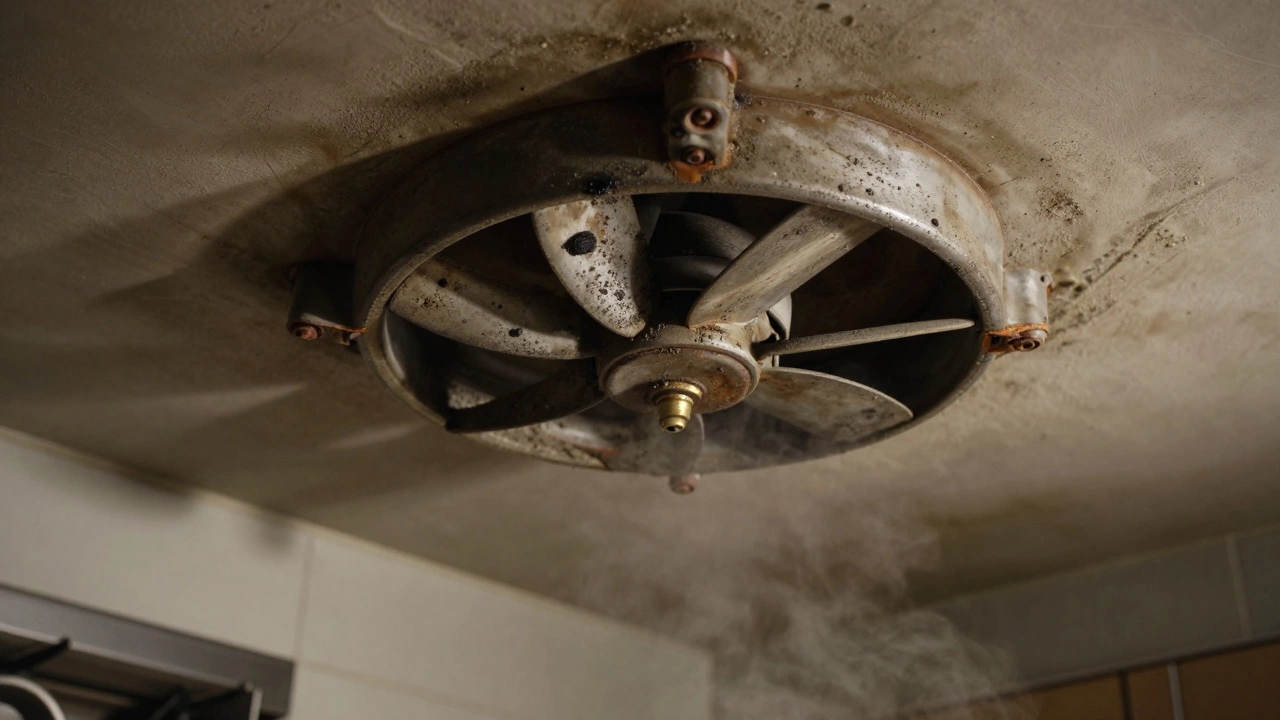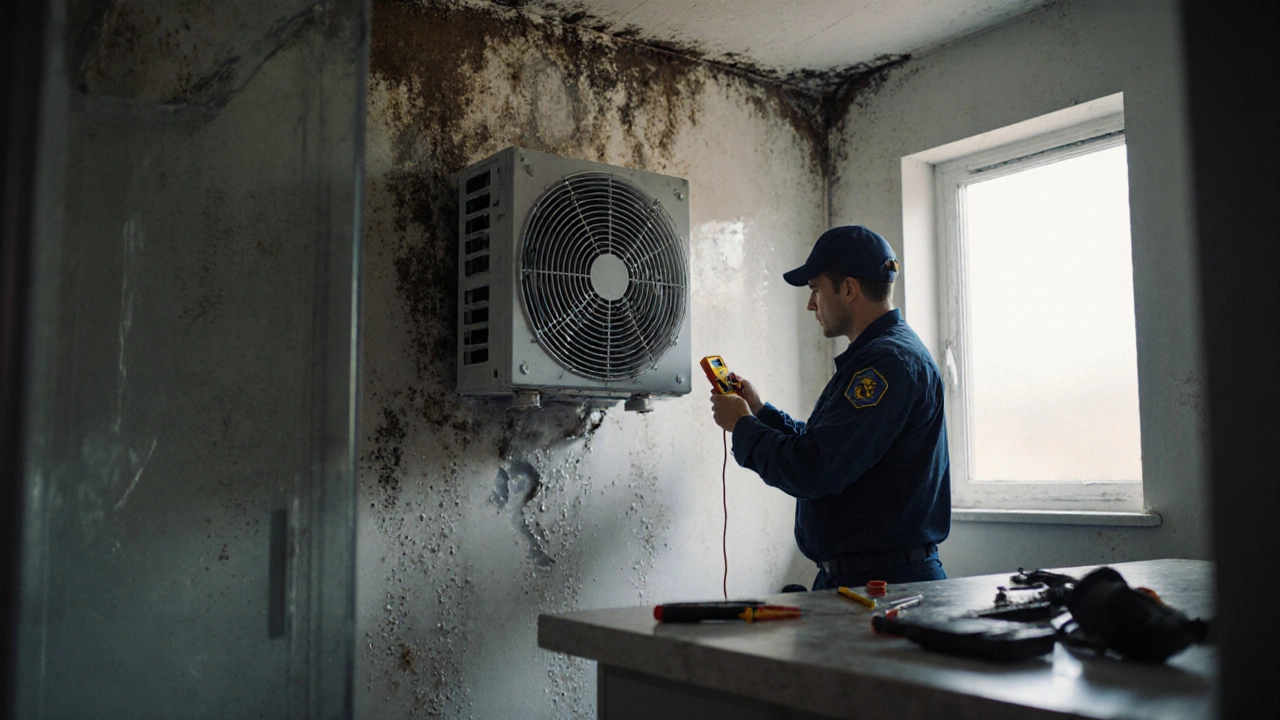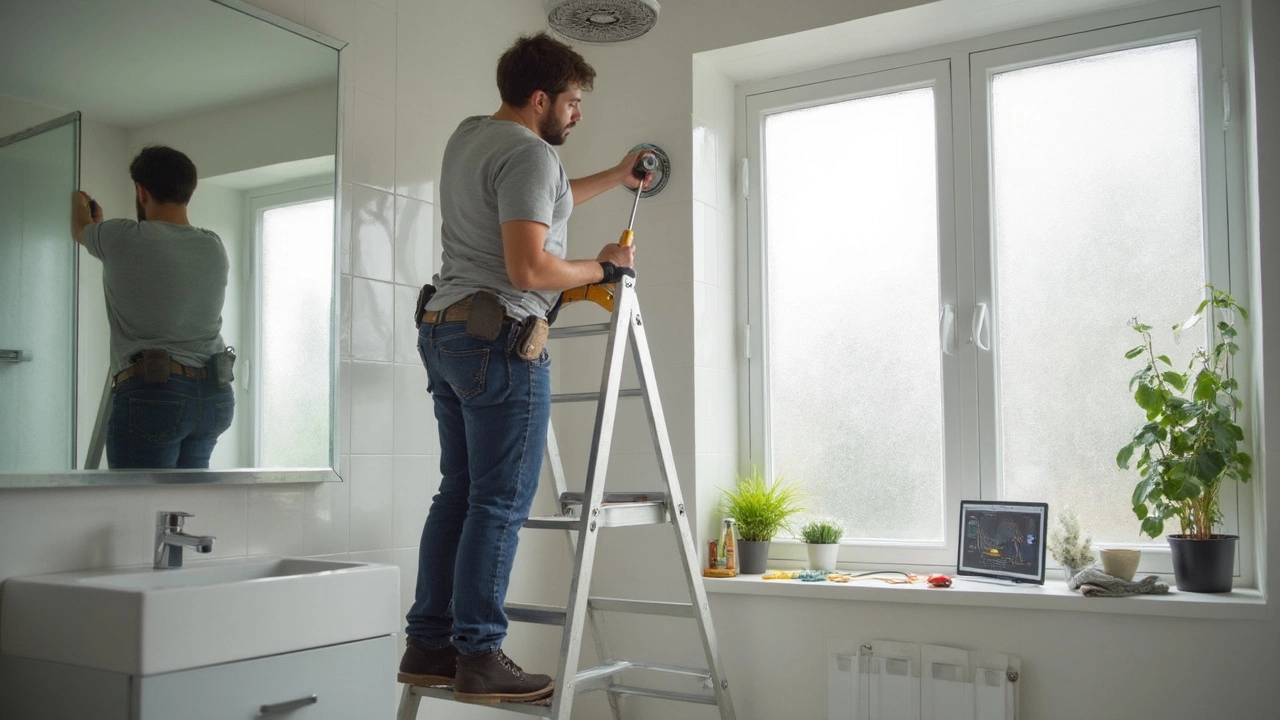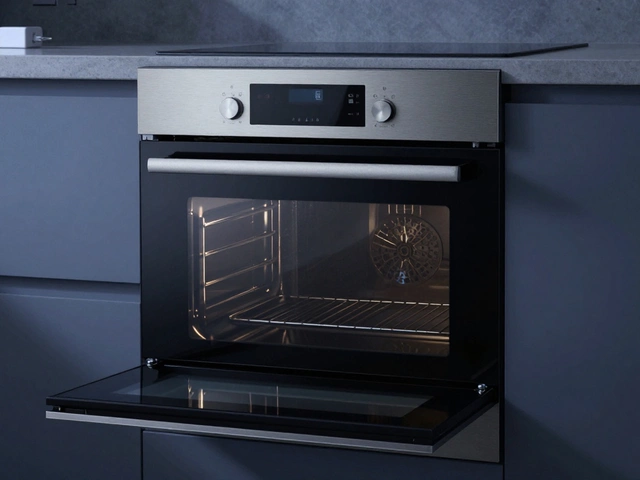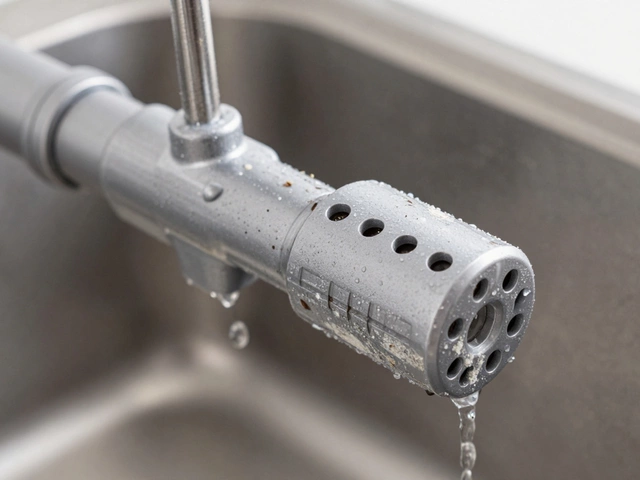Extractor Fan Replacement: What to Expect and How to Prepare
When dealing with Extractor Fan Replacement, swapping out a faulty or outdated fan to restore proper kitchen or bathroom ventilation. Also known as fan swap, this task usually means diagnosing a problem, removing the old unit, and fitting a new one that meets current standards. A well‑chosen replacement can cut humidity, eliminate odors, and keep your home healthier. Below you’ll find the basics you need before you start pulling screws.
Key Players and Concepts Behind a Successful Swap
The first related entity you’ll encounter is the Extractor Fan, a motor‑driven blade that pulls stale air out of a room and pushes it outside or through a filter. Fans come in several types – ducted, recirculating, and inline – each with its own airflow rating (measured in CFM) and noise level (decibels). Choosing the right CFM for your space ensures the fan moves enough air without being a constant hum.
Next up is the Electrician, a licensed professional who handles the wiring and ensures the new unit meets electrical safety codes. In many UK homes, the job also involves a Ventilation Specialist, someone skilled in airflow design, ductwork sizing, and compliance with building regulations. Together they make sure the replacement complies with UK ventilation standards, avoids future moisture problems, and passes any required inspections.
Other useful entities include the fan noise rating, which indicates how quiet the unit will be during operation, and the building regulation requirements that dictate where and how an extractor must be installed. Understanding these factors helps you pick a model that fits your kitchen layout, stays under the noise ceiling you’re comfortable with, and avoids costly re‑work later.
Tools you’ll typically need are a screwdriver set, a drill, a voltage tester, and possibly a new duct pipe. Safety gear – gloves and goggles – is a must. Before you start, always turn off the power at the consumer unit to protect yourself from electric shock. If the existing fan is hard‑wired, it’s safest to let an electrician handle the connections.
Now that you know the main players, the next step is to assess whether you can do the swap yourself or if you should call a pro. Simple cases – a loose fan, a clogged filter, or a fan that just won’t start – often need only a quick clean or a new motor, which many DIY‑savvy homeowners can manage. More complex scenarios – like a fan that’s hard‑wired into a circuit, requires duct rerouting, or must meet specific ventilation codes – are best left to an electrician or ventilation specialist.
Below this intro you’ll find a curated list of articles that dive deeper into each aspect of extractor fan replacement. From buying guides that break down CFM and noise levels, to troubleshooting tips that help you spot a failing motor, and advice on when to call an expert, the collection covers everything you need to decide, plan, and execute a successful fan swap. Explore the posts to get practical steps, safety checklists, and cost‑saving ideas tailored for Warwick homeowners and beyond.
Extractor fans typically last 10-15 years with regular cleaning, but in high-humidity areas like Auckland, they may need replacing sooner. Watch for noise, poor airflow, or mold as signs it’s time for a new one.
When your extractor fan stops working, knowing who to call can save you from mold, damage, and costly mistakes. Learn who’s qualified to replace it and what to watch out for.
Swapping out a bathroom extractor fan sounds simple, but is it really a quick job? This guide looks at how tricky it is to replace one yourself and when it's better to call in the pros. You'll get practical pointers on safety, tools, and avoiding common mistakes. Expect step-by-step advice and real-world tips that make the process smoother, not scarier. If your bathroom has seen one too many fogged-up mirrors or funky smells, this is for you.
Replacing an extractor fan might seem daunting, but with the right guidance, it’s a manageable task. This article provides insights on identifying when a fan replacement is necessary, selecting the right fan, tools required, and a step-by-step installation process. Learn tips for ensuring safety and efficiency in kitchen ventilation. Perfect for DIY enthusiasts wanting to improve their home’s air quality.
